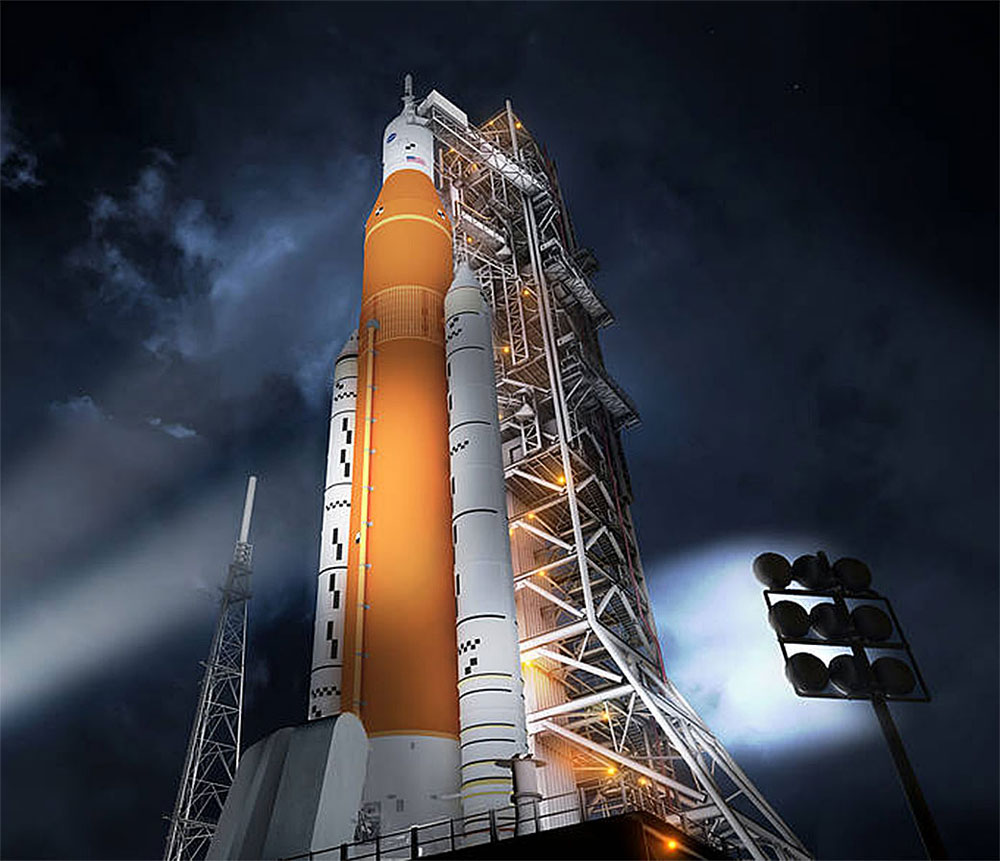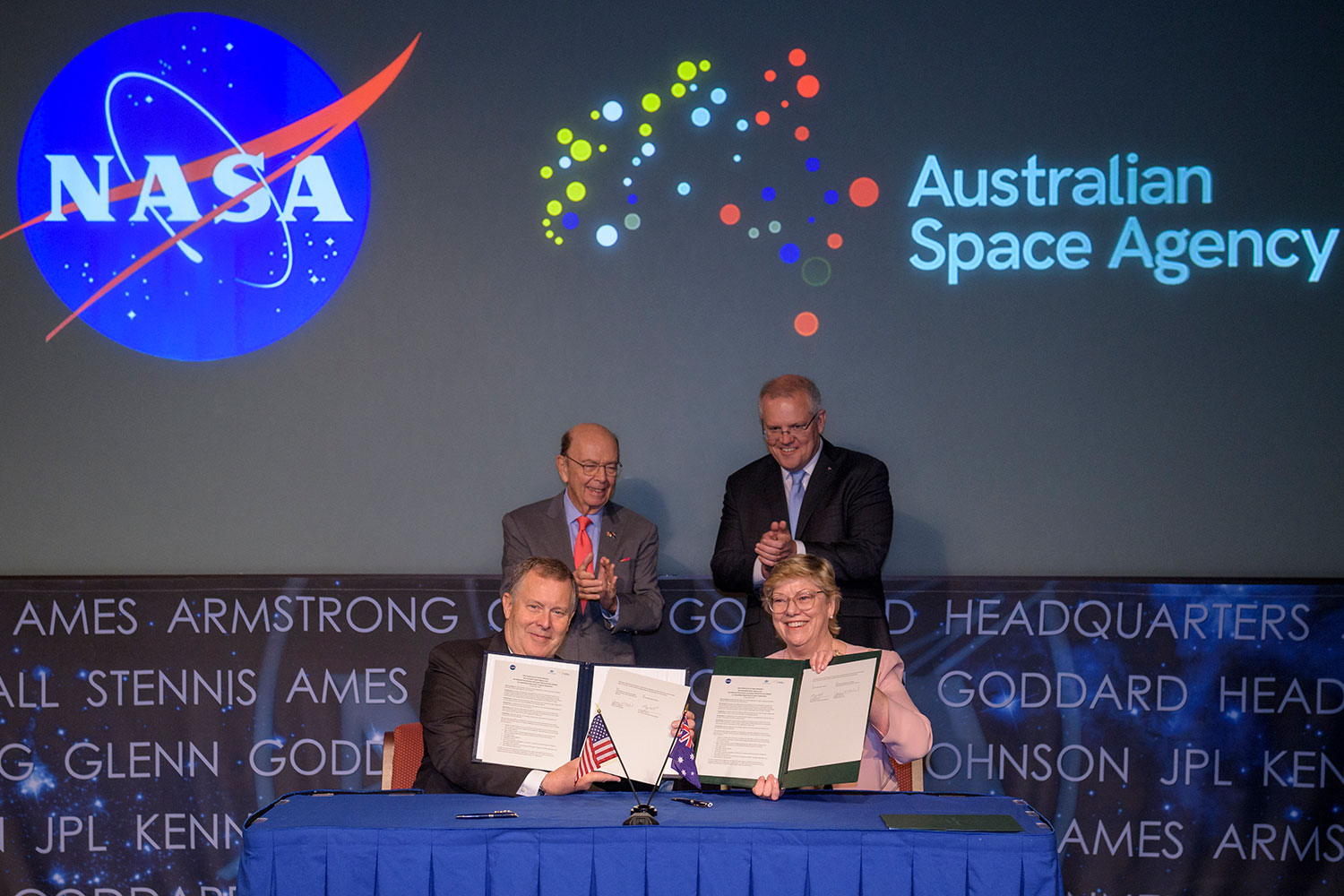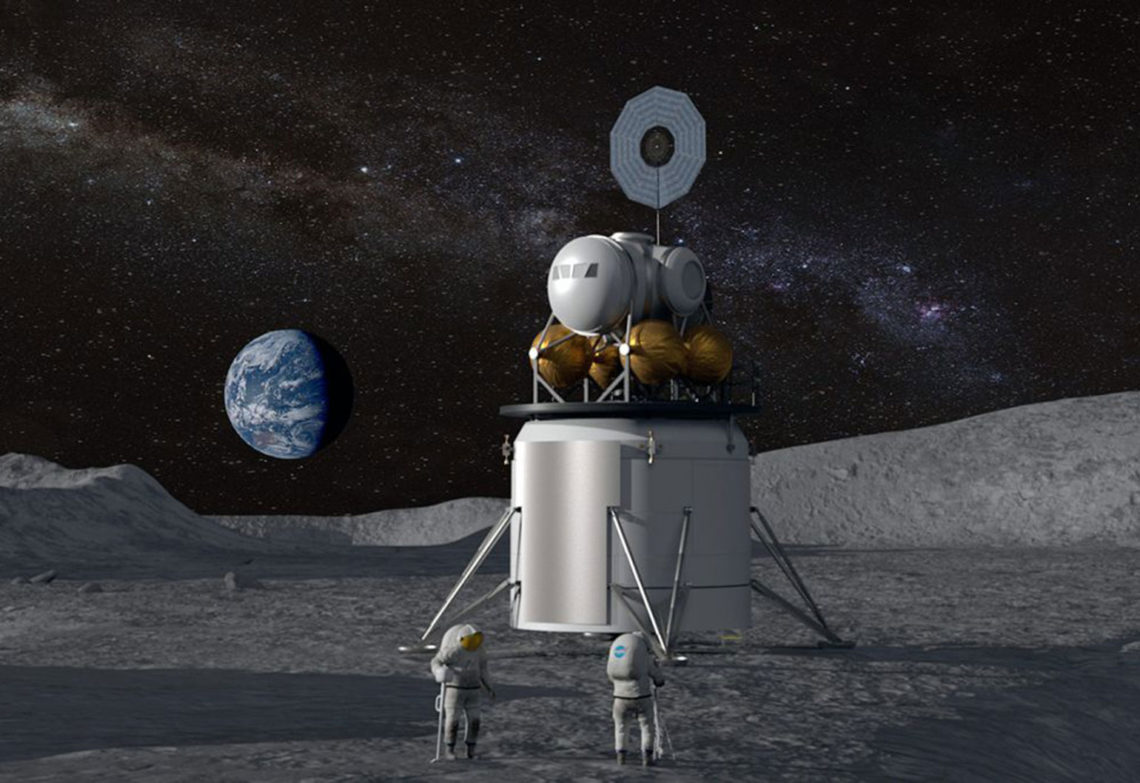The Federal Government has announced a $150 million investment in the Australian space sector to support the US bid to return astronauts to the moon in the next few years.
According to a government statement, the funding boost will be spread over the next five years and allow the Australian Space Agency (ASA) to foster research and local industry to fit out US space missions.
These missions include Project Artemis, which aims to land astronauts – including the first woman – on the moon by 2024. Another project is the Lunar Gateway project, which will place a small spaceship in orbit around the moon as a base for lunar expeditions and future human forays to Mars.
The ASA and NASA have also signed a joint statement of intent to expand their collaboration in space. Federal Science Minister Karen Andrews said this agreement has the potential to take Australia’s space sector to the next level and deliver benefits to the wider community.
“Space also drives technology, which has a profound and everyday impact on the lives of Australians, from disaster management, to helping farmers better manage their land and predict drought, through to improving GPS,” she said.

According to NASA, Australia could contribute its knowledge in areas such as robotics, automation, and remote asset management based on current mining tech.
The two nations also announced that they would work together on other technological fronts, including hydrogen safety and lithium-ion battery recycling.
The Federal Government is aiming to triple the size of Australia’s space sector to $12 billion and create around 20,000 jobs by 2030. While this represents a significant increase in space sector investment, the Chair of Engineers Australia’s National Committee for Space Engineering Peter Moar has previously told create that nations such as the UK and Canada have much larger annual space budgets – in the order of $150 million to $250 million.
Paradigm shift
Australia has a long history of collaboration with the US on space missions, from relaying footage of the first moon landing, to an agreement with NASA earlier this year to launch sounding rockets from the Northern Territory in 2020.
But Dr Andy Thomas, an Australian aerospace engineer and NASA astronaut who completed an undergraduate degree and PhD in mechanical engineering at the University of Adelaide, said the most recent agreement between Australia and the US was a major paradigm shift.
“It’s building the base for a new economy in Australia,” he said in Washington DC after the announcement.

Thomas explained the Federal Government’s $150 million contribution was a long-term investment for all Australians, which would pay dividends in the next decade.
“I think it’s not hyperbole to say it’s going to change the face of what Australia looks like 10 or 20 years from now, because it’s an investment in new technologies, new scientific enterprises.”
While he was enthusiastic about the long-term benefits of the space-faring partnership between the US and Australia, Thomas described the 2024 target for a manned Moon mission as “ambitious”.
“From an engineering point of view it might get there, but it is the political view that is the big challenge,” he said.



